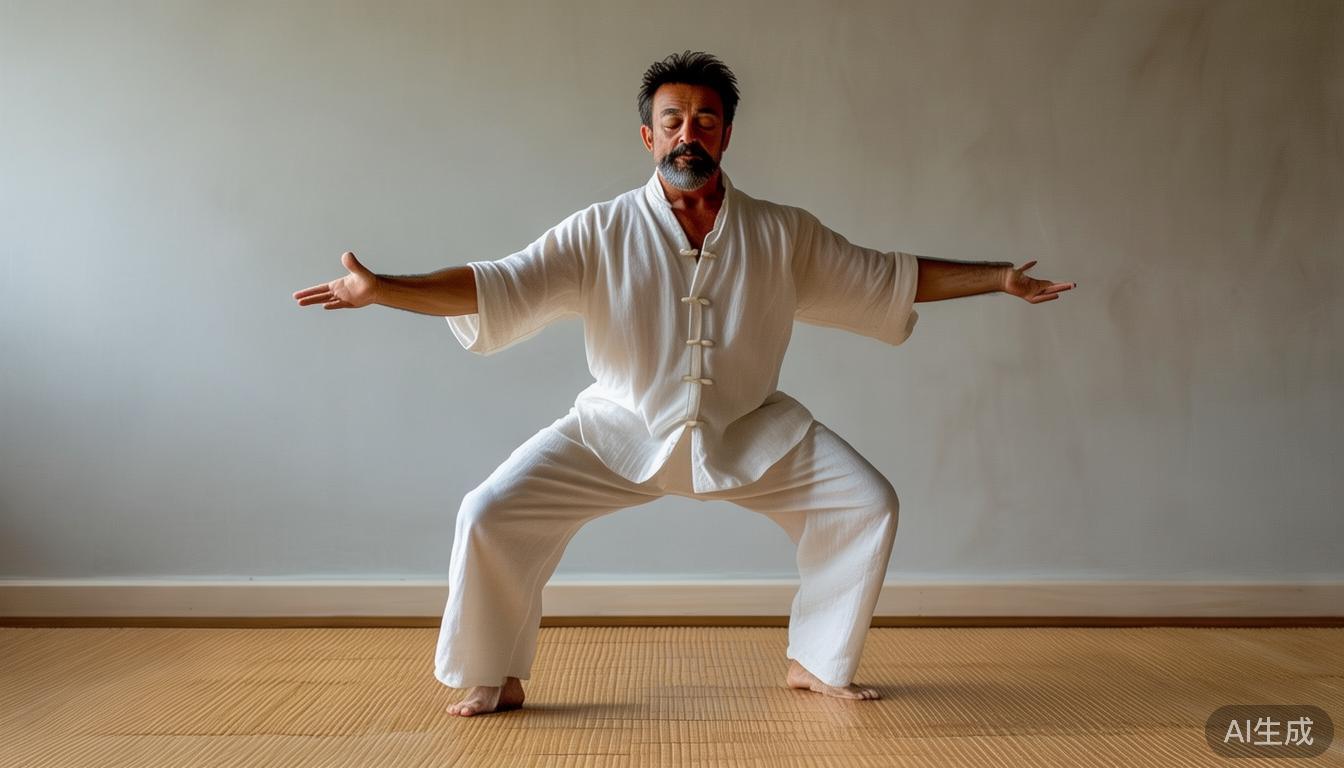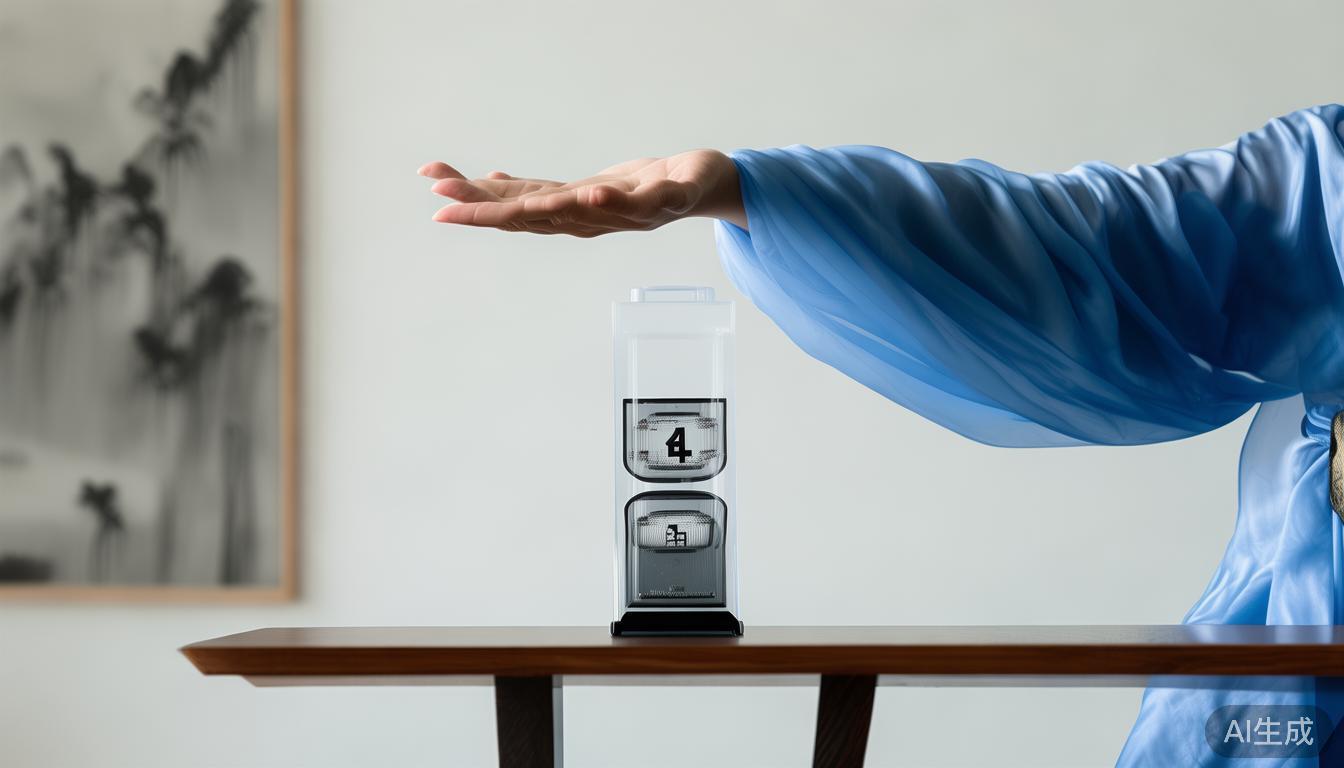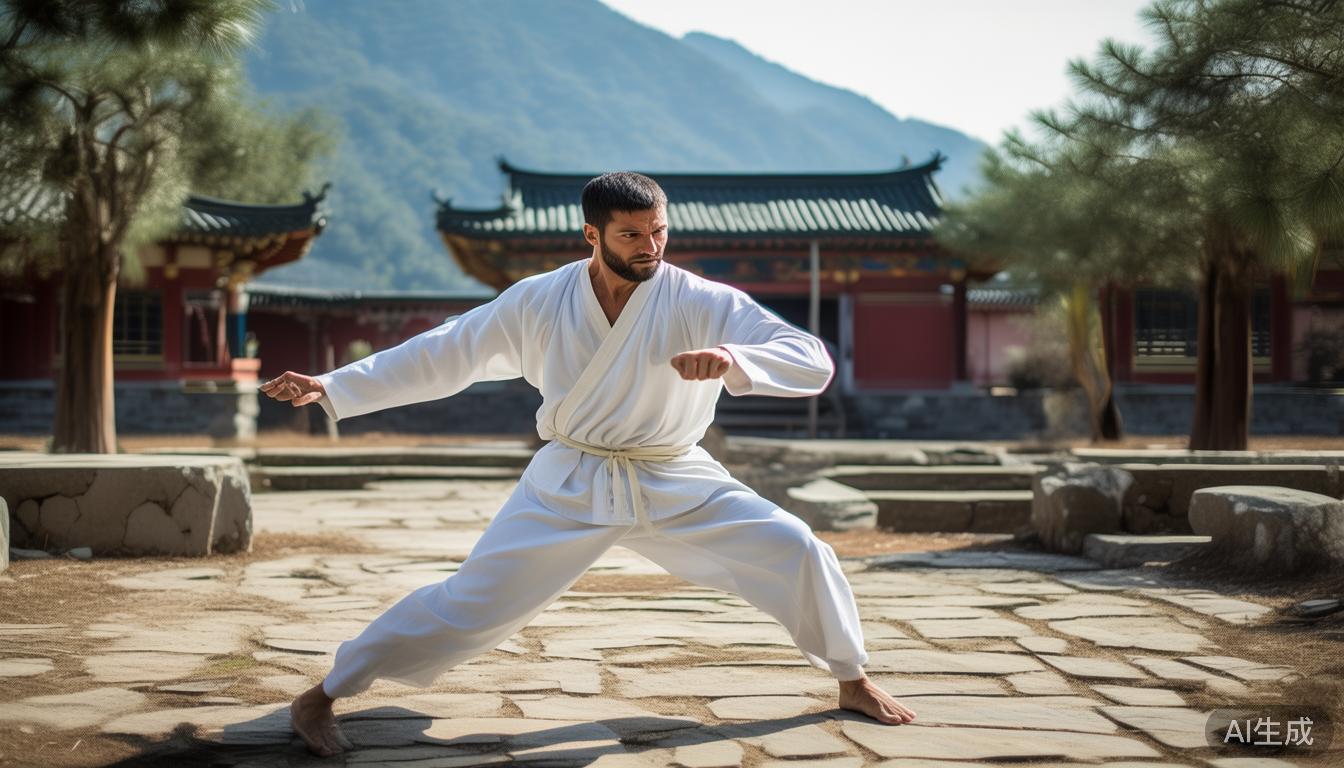In recent years, I have felt the greatest feeling that it taught me to find balance in the dynamics. Tai Chi seems slow and gentle, but actually contains profound exercise principles. Especially for those who are new to learn about it, mastering the basic footsteps is the key to opening the door to Tai Chi. Next, I will describe ten key measures that are beneficial to novices to help everyone avoid detours.
How to choose the starting point for beginners of Tai Chi
The display of the initial movement of Tai Chi plays a decisive role in the smoothness of subsequent movements, Tai Chi For Health is the key to the beginning of the action. First, the feet should be separated naturally and the width is consistent with the shoulders. Then, the knees should be slightly bent. With this, one must pretend to be a tree that is deeply rooted in the earth and immerse himself in his imagination and take root. Then slowly lift your hands from both sides of your body to the chest, with your palms facing down. During this action, you should carefully feel the energy of the vital energy slowly rises from the soles of the feet to the fingertips. Moreover, for this established movement, an extremely important key point is to relax the shoulders as much as possible and to avoid the occurrence of stiffness that hinders the progress of the movement. However, many people who are just in the initial stage of practice tend to shrugg. This improper movement completely produces negative effects that hinder the normal operation and circulation of qi and blood in the body. As long as you spend five minutes a day to carry out exercises called (starting momentum) with a specific action flow, you can gradually cultivate the coordinated and balanced characteristics of the body when you exercise.
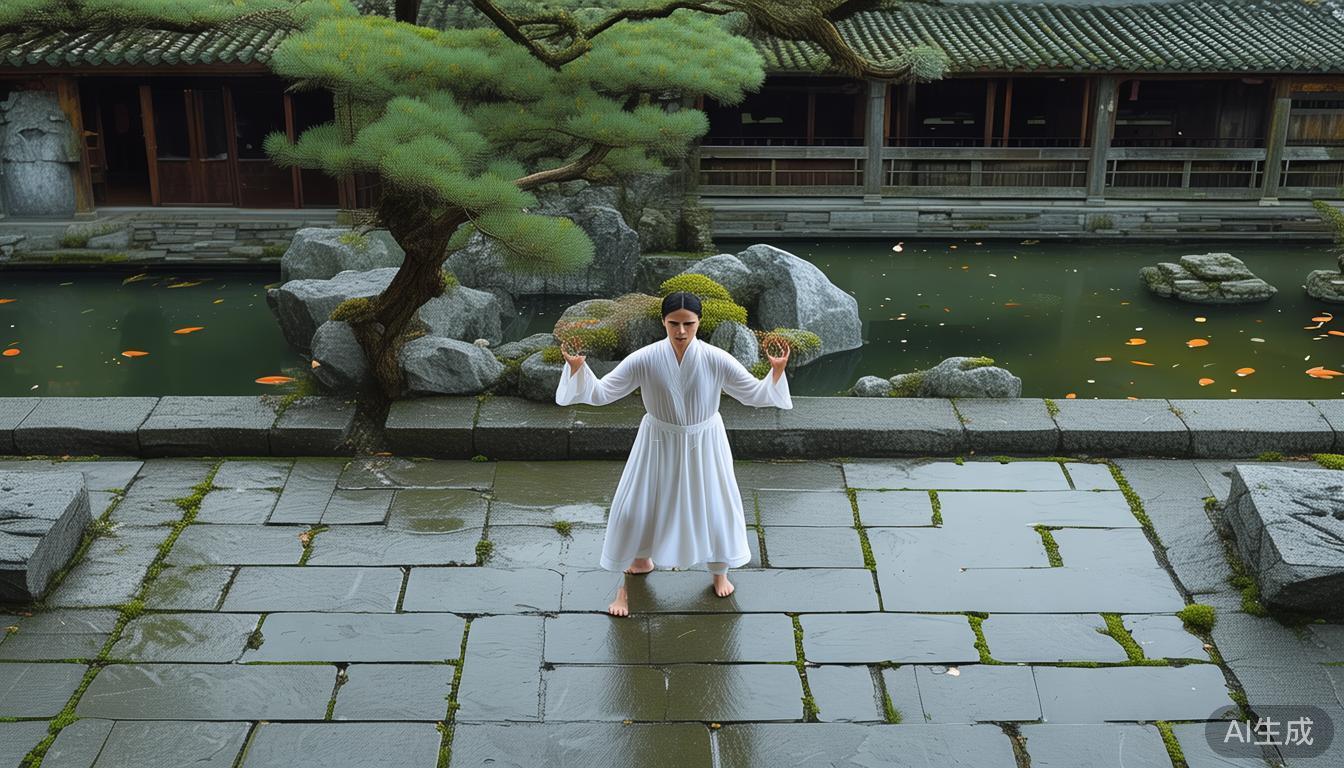
How to correctly practice Tai Chi's cloud hand movements
The cloud hand, the iconic movement of Tai Chi, has certain behavioral requirements. It focuses on pointing out that the waist should be used as the axis, and the limbs that play the role of up and down through the rhythm of the waist and the left and right swings. When opening the starting link, the center of the body should be transferred to the left foot. At the same time, the right hand starts from the front of the left shoulder, which is in a higher position, and radiates to the right according to the established trajectory and direction. The left hand should also follow up and act as a defensive action to protect the more critical abdomen. The eyes will naturally rotate with each step of the hand movement. When breathing, it must also be done evenly and smoothly to assist. The overall body, mind and breath are coordinated and balanced. There is often an error mode when doing it, that is, you often ignore the more critical and dominant arm and the movement of the waist that drives the whole body but is discarded. It is easy to cause flaws in the coherence between the movements, just like a disconnection. Therefore, it is recommended to practice in a mirror with a reflection effect and a comparison to check the self-function. This way, you can carefully observe whether the waist and hips are rotating in the synchronization presented in the coordination and coordination mode. With this method, you can gradually form a rhythm called "up and down" that is smooth and uninterrupted in the front and back of the movements and "up and down" coordination.
How to maintain body balance in Tai Chi steps
When lifting your hind legs, first let your toes face forward, then bend your knees and sink. Then, your front foot should be off the ground, slowly lift it first, pay attention to the range of steps when landing, first be larger and then slightly thinner tai chi 10 steps for beginners , and the foot should be lighter when landing, just like stepping on something as thin as ice. At this time, you must maintain a basic and simple posture, pause for a while, and then secretly lift the heel of the landing doll. It is not to lift the entire heel up but only lift the heel a little bit. The distance from the heel to the ground, the thin ice surface under the ice is probably the thickness of the fingernails of your own three feet. Then, the hind legs should slowly push and push the outside of the heel of the hind legs. Note that the outer part of your thigh should pay special attention to the force. The knee joint flexion should not be excessive. Then push forward. When the action is stopped at the end, try to relieve the road resistance. During the action, pay attention to the soles of your feet and the ground should be fully fitted, and there are no small gaps, otherwise the loss of stability may make people unstable. During the implementation process, the leg in the direction of your back cannot have obvious up and down floating phenomena that are easy to detect, and avoid lifting the heels upward. During the push process, the focus of maintaining balance in the body is to disperse the total weight, that is, the front foot must bear seven points of the total weight, and only three points of the foot is left as support. At this time, you must keep the body slightly tilted forward and maintain a slightly tilted body state. The angle of the body slightly tilted forward is probably the degree of inclination of the small trees that are slightly tilted by the roadside under normal circumstances. You should practice this movement more repeatedly. You can practice against the wall when starting to practice, and carry out certain auxiliary exercises of Tai Chi Lessons . After you feel familiar, try to stand with your eyes closed, and feel the different subtle feelings when the soles of the feet come into contact with the ground during the process of standing with your eyes closed, so as to exercise and enhance the perception of the soles of the feet. In the process of practicing stability, you need to ensure that there is no wind in the surrounding environment space causing the body to feel shaking, so as to ensure the stability of the exercise.
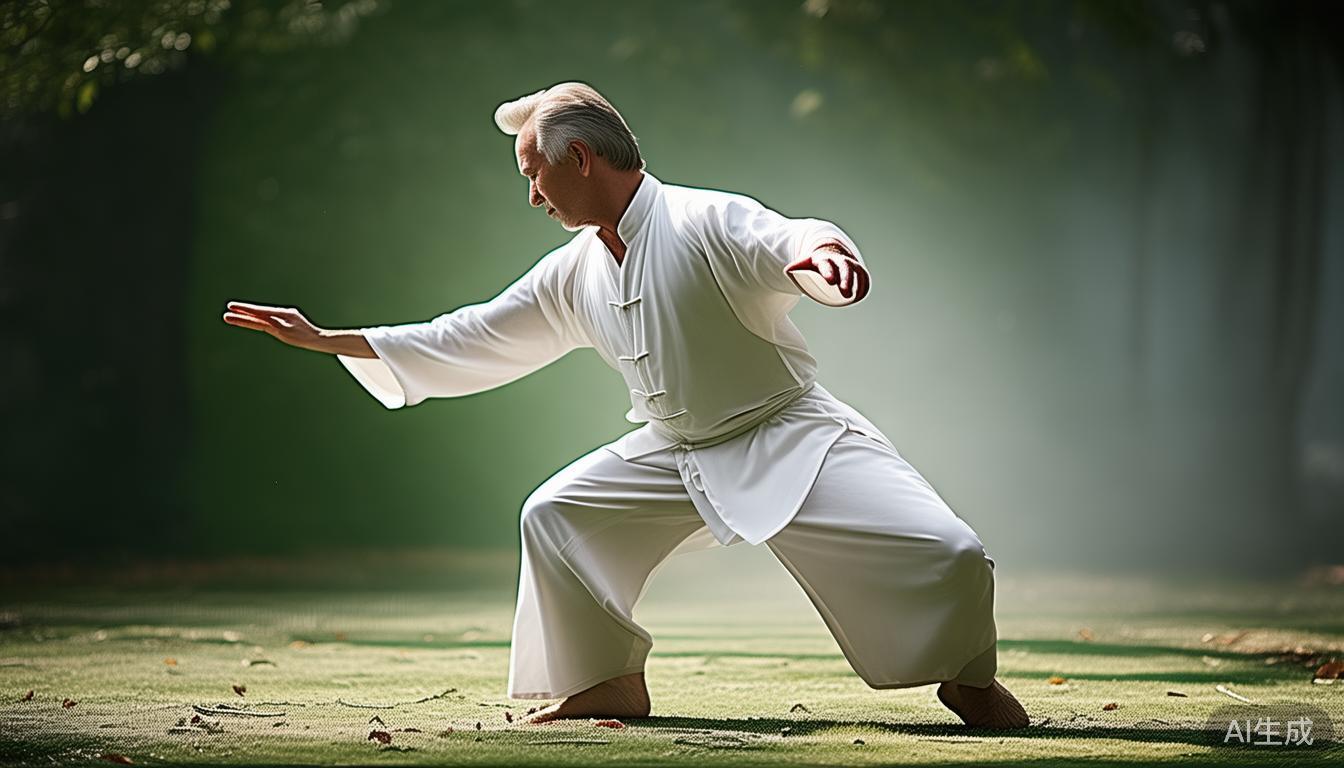
How to integrate breathing into Tai Chi movements
Breathing is the built-in engine in Tai Chi, which has the basic principle of "up, breathing, falling, exhale". Just like when your arms are raised up, you should inhale, and when you press down, you should exhale. Beginners often concentrate on their movements and hold their breath. It is recommended to practice breathing separately. First, stand and take three deep breaths, and then cooperate with simple movements, such as the "Bronco Split Mane" action. After the movement and breathing have reached a tacit understanding, you will notice that the movement becomes light and agile and extremely free, as if swimming in the water.
After continuous practice, Tai Chi is no longer just a routine that has transformed, but has become a daily ritual to regulate the body and mind. When everyone starts practicing, which movement will make you feel full of difficulty and challenges? Welcome to the comment section to share your unique experience, awareness and experience in the body. If you think this guide can help, please ask for a like and support!



